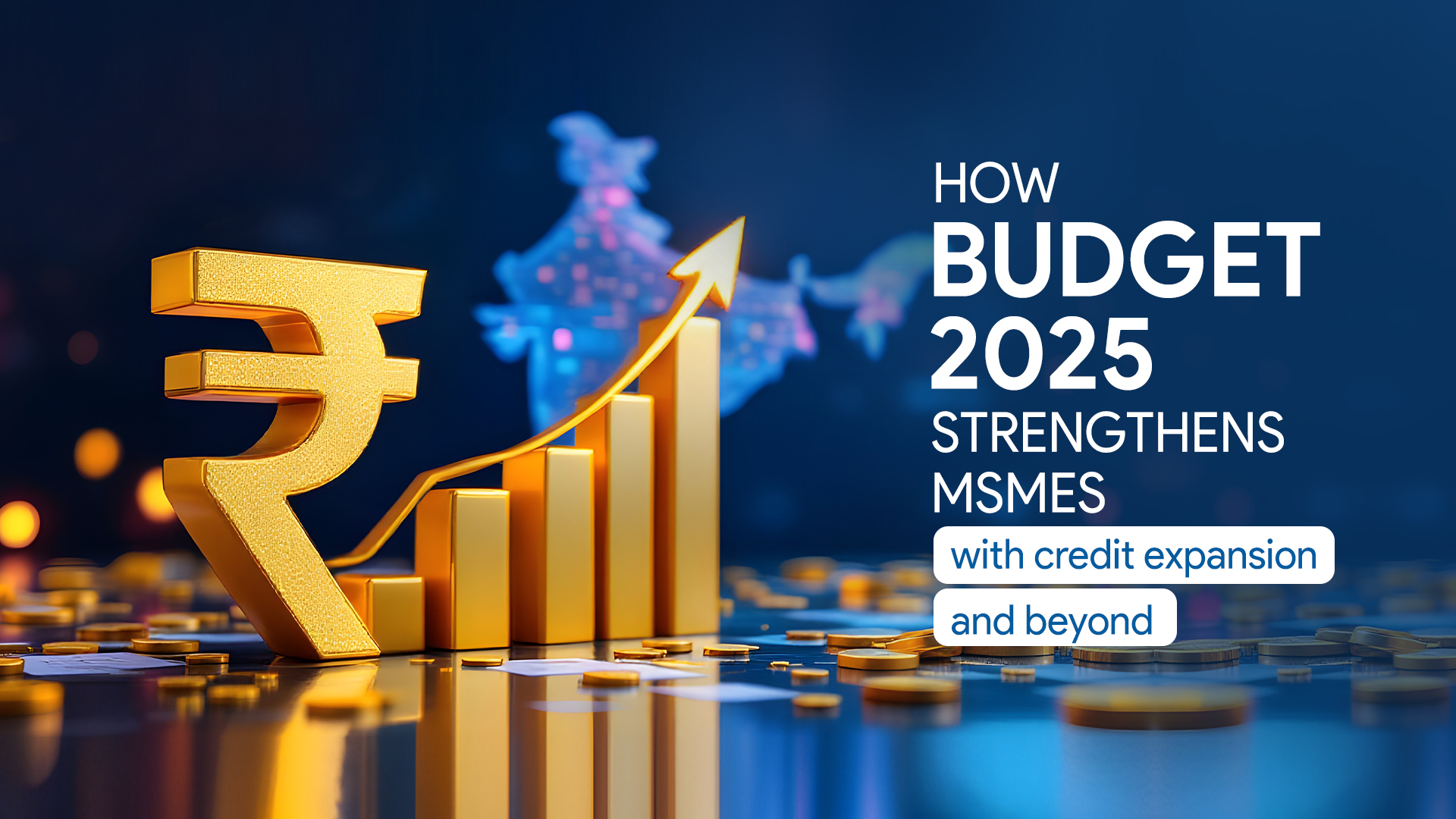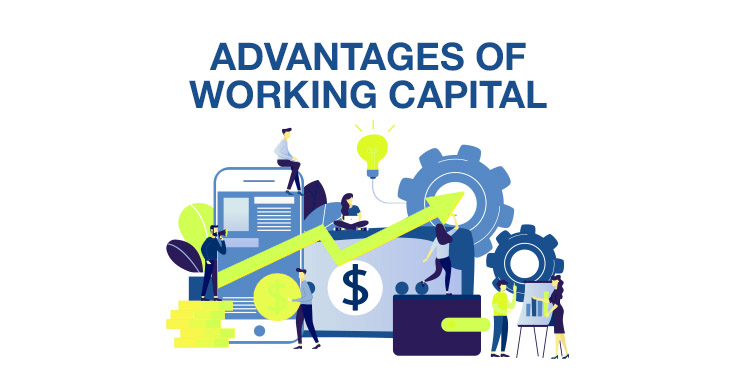Micro, Small, and Medium Enterprises (MSMEs) contribute nearly 30% to GDP and employ over 110 million people, this makes them a key aspect of the Indian Economy. Recognising their pivotal role, Budget 2025 has introduced several measures aimed at expanding credit access, enhancing financial inclusion, and fostering business growth. With an increased credit guarantee cover, customised credit cards for MSMEs, and innovative financing mechanisms, the government has taken significant steps towards empowering these enterprises.
Increased credit guarantee cover: A game changer for MSMEs
One of the most crucial announcements in Budget 2025 is the enhancement of the Credit Guarantee Fund Scheme for Micro and Small Enterprises (CGTMSE). This initiative will allow banks and financial institutions to extend higher collateral-free loans to MSMEs, addressing the persistent challenge of credit accessibility.
- Impact on MSMEs: By reducing the credit risk for lenders, more businesses will gain access to affordable finance, enabling expansion and modernisation.
- Lower Interest Rates: With a higher guarantee cover, financial institutions can offer loans at competitive rates, reducing the financial burden on MSMEs.
- Boost to first-time borrowers: Many small businesses struggle with securing initial funding due to a lack of credit history. This enhanced guarantee will encourage banks to lend to new and micro-enterprises.
Customised Credit Cards for MSMEs: A step towards financial flexibility
To further streamline financial support, the government has introduced MSME-specific credit cards. These cards are designed to offer easy access to working capital, helping businesses manage short-term liquidity needs efficiently.
- Flexible Credit Lines: Unlike traditional business loans, these credit cards provide revolving credit, ensuring MSMEs have access to funds when required.
- Tailored Benefits: With special incentives such as lower interest rates, cashback on essential business expenses, and simplified repayment structures, these credit cards reduce financial stress for entrepreneurs.
- Enhanced Digital Transactions: Promoting digital financial solutions among MSMEs will improve their creditworthiness and banking relationships, facilitating easier access to future financing.
New financing mechanisms: Strengthening MSME growth
Budget 2025 also introduces innovative financing mechanisms, including deep-tier financing, invoice discounting, and venture debt for startups. These solutions aim to provide liquidity without adding to the traditional debt burden.
- Deep-Tier financing: By enabling MSMEs to secure financing against invoices raised on larger corporations, this initiative ensures steady cash flow and timely payments.
- Expansion of TReDS: With increased adoption of the Trade Receivables Discounting System (TReDS), MSMEs can now access working capital efficiently, reducing reliance on expensive credit.
- Venture Debt for Startups: Recognising the role of startups in economic innovation, the government has expanded venture debt options, ensuring high-growth potential businesses have alternative financing avenues beyond equity funding.
The road ahead: Strengthening MSME resilience
While these financial measures mark significant progress, their success depends on effective implementation. Financial institutions, fintech platforms, and government agencies must work together to ensure smooth execution and accessibility for all MSMEs. Moreover, awareness campaigns and digital literacy initiatives will be essential in helping small businesses leverage these opportunities to their fullest.
With Budget 2025, India has reaffirmed its commitment to strengthening MSMEs, ensuring they have the financial backing to drive economic growth, innovation, and employment. By improving credit access, offering customised solutions, and introducing new financing models, the government is paving the way for a more resilient and thriving MSME sector.
Last modified: February 19, 2025















